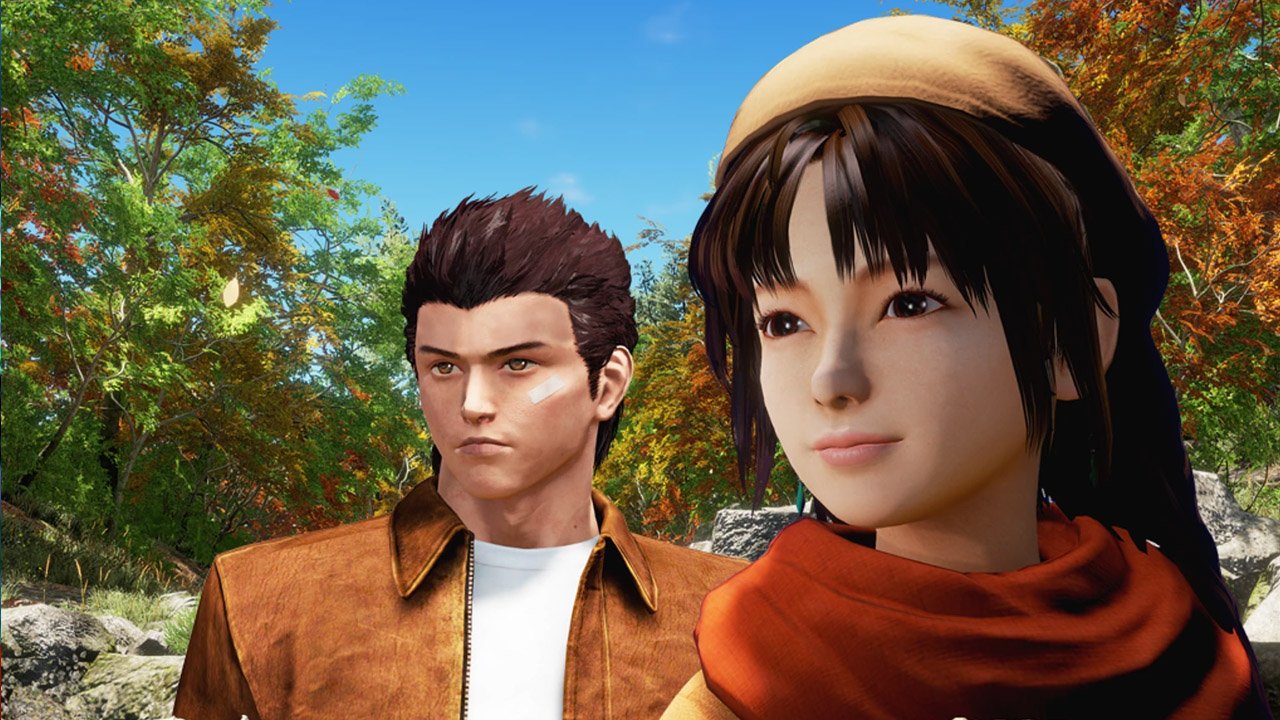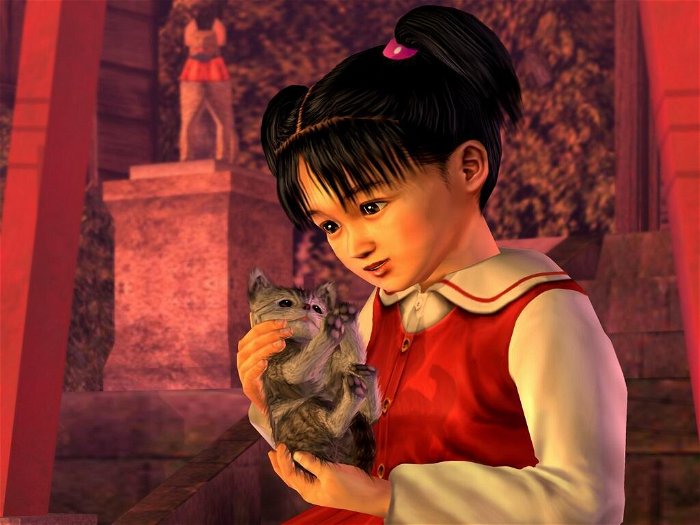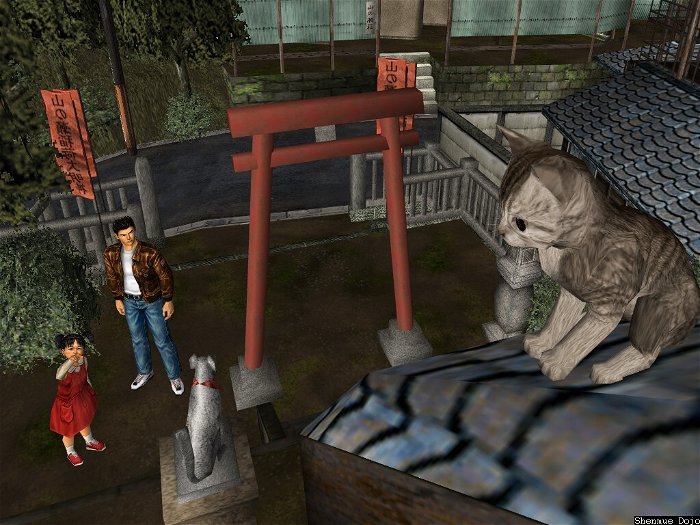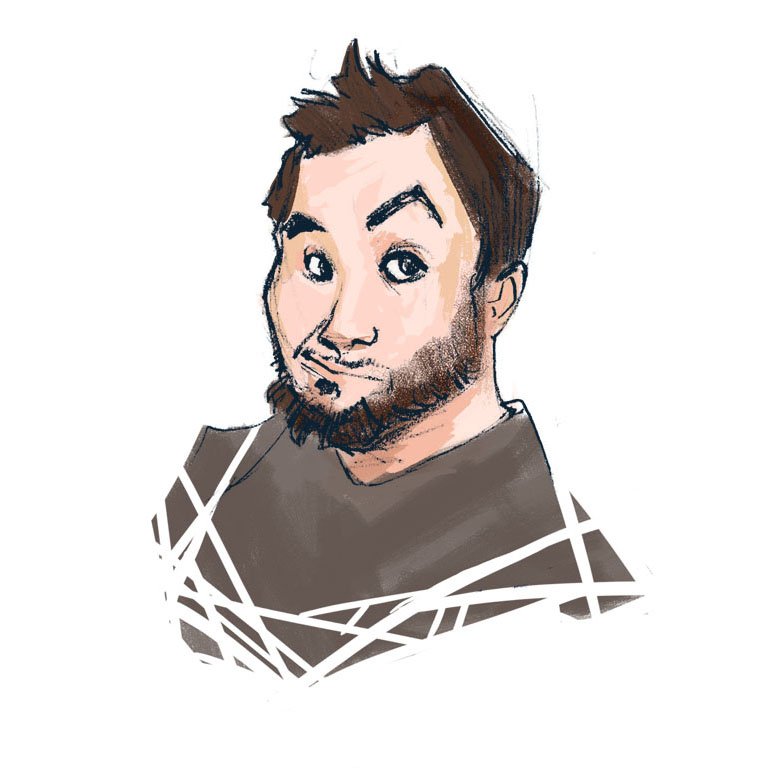DISCLAIMER: If you plan on going back and playing these games, be warned, as this editorial has spoilers.

During Sony’s E3 press conference on Monday night, legendary game designer Yu Suzuki shocked the world. He walked on stage to announce his intention of turning to the crowd-funding site Kickstarter to finance the long awaited sequel to Shenmue II for the PlayStation 4 and PC. This caused the Internet to collectively lose its mind and actually crash the website for a short period of time. Now, a few hours later, the page is still up and with a month to go it’s completely funded. While half of the gaming community was excited, a large, mostly younger portion remains unaware what Shenmue was and why this announcement was met with such a response. You can’t really fault the ignorant here though, as it’s a sequel to a game now old enough to attend high-school, released on a failed console and made by a company that is currently struggling to keep its head above water. For those who played them, though, Shenmue and Shenmue II were not just revolutionary games, they remain relics of an era that we may never see again. The announcement of Shenmue III is like being given the the ability to reach back in time, paired with the promise of closure.
To really understand where this all begins, we need to take a trip back to Dec. 1993. Nirvana’s In Utero was three months old, President. Bill Clinton had just signed the North American Free Trade Agreement, and Sega released Virtua Fighter in arcades. Developed by Sega-AM2 with Suzuki at the helm, this arcade fighter was one of the titles that pushed the bounds of 3D technology and was one of the first mainstream 3D fighters. In 1994, it was ported to the Sega Saturn and quickly became one of the enterprise’s flagship titles. It became so popular, in fact, it actually sold at a near one to one with the console. Almost everyone who owned a Saturn also owned Virtua Fighter.
Following the success of that title, Sega began developing a Virtua Fighter role-playing game. Or, at least there were rumours of such. We know that Suzuki was working on an RPG, and many thought it would be connected to the franchise he brought to prominence. This is evidenced by the similarities between Shenmue’s protagonist Ryo Hazuki and Virtua Fighter’s Akira Yuki. Development began on the Sega Saturn as Suzuki put his team to work on concept art after listening to the game’s score. The Saturn, though, would prove to be a less than desirable platform as aside from the console’s difficult infrastructure and lack of support, it was hardly a top seller. By 1996, Sony’s PlayStation was outselling Sega’s Saturn two to one, so the company decided to cut their losses and create a console that would be more powerful and easier to develop for.
https://www.youtube.com/watch?v=L-O8jRokADU
By 1998 the Saturn was discontinued, and a year later Sega released the Dreamcast. Consumers didn’t forget the fiasco that was Sega’s previous console though; the company needed a big hit that could smooth things over with fans. Eventually Suzuki and Sega decided that Shenmue would be the perfect game to regain consumer trust. Two months after the Dreamcast’s launch in North America, Shenmue made it’s way to western shores.
It was unlike anything the industry had seen at the time; the worlds were beautiful and open; the weather changed depending on the day, and the player was given freedom to play at their own pace. It featured a new combat system that was light-years ahead of its time, where players can learn more techniques as they progress, but they couldn’t master the moves without fighting more. Its style was something that future games like Yakuza would borrow. It was so advanced that Sega felt it could no longer be classified as an RPG, instead coining an entirely new genre. It would be christened Full Reactive Eyes Entertainment, or FREE for short. It dropped players in Yokosuka Japan in the year 1986. Ryo returns to his family’s dojo only to see his father, Iwato, in battle with a man dressed in Chinese clothing. The intruder is there for something called the “Dragon Mirror” but Iwato refuses to give away its location. This causes the invader to strike Iwato down. Ryo runs to his father’s aid and is threatened before Iwato turns over the whereabouts of the mirror, but then tries to battle the man when he finds it. This costs Iwato his life and driven by revenge, Ryo learns the Dragon Mirror is one of two stone mirrors. Once he finds the second artefact, the Phoenix Mirror, he learns his father’s killer is in Hong Kong.
The second game starts with Ryo landing in Hong Kong. As he finds links that lead him to the murderer, he discovers new allies that will help him along the way. It ends with Ryo finding a note with a sword inside a cave. He puts them together with the mirror which triggers a sequence of events that leads to the conclusion of the story. Unfortunately, that story ends on a cliffhanger as two giant symbols emerge from the rocks, one a dragon and the other a phoenix.
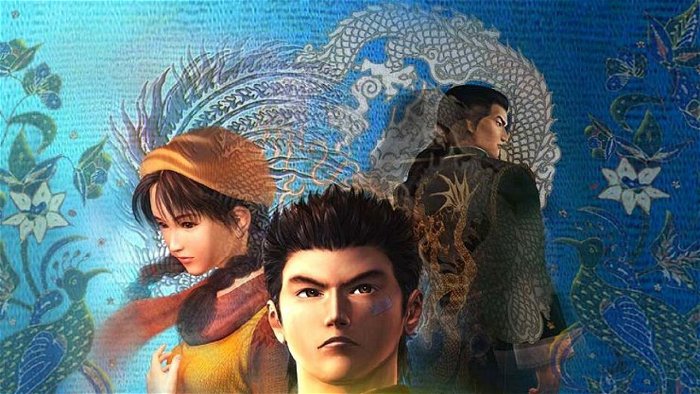
It’s a tale of revenge and mystery, but it’s also a story without a conclusion. We don’t know where the series planned to go from there, and there really isn’t an explanation for what was discovered in that cavern. What we do know is that Sega put $70 million into Shenmue II and they intended to make sequels. It was the most expensive game ever produced at the time and Sega was already haemorrhaging money. By 2001 when the game launched, it was too late to have an impact, and just a few months later, Sega backed out of the hardware market and re-released their games on other platforms. For the large Japanese audience that enjoyed Shenmue II, that game was ported to the Xbox. This failure to acknowledge the discrepancy between the game’s target audience and that of the console helped to seal the series’ fate. The story so many invested in wasn’t going to reach its conclusion, and many gamers turned to Yakuza as a spiritual successor.
Ever since, Shenmue has lived in infamy, a point of much frustration for Sega fans, but the legacy lives on. In 2009, the game magazine Famitsu Weekly ranked Shenmue III as their second most wanted sequel of all time. Fans created the Shenmue Dojo, a website dedicated to the series, and there was even an MMO inspired by the title. The closest thing we got to Sega acknowledging the series was when the publisher put Ryo in Sonic & Sega All Stars Racing in 2009, though nothing could fill the void left by a lack of proper conclusion. Now, in 2015, 14 years after Shenmue II hit store shelves, fans are helping to bring Shenmue III to fruition. The game reached its $2Million goal in just twelve hours, shattering previous records for the time taken to reach that amount, and it looks like it will hit most of its stretch goals as well. None of this would be possible if it weren’t for platforms like Kickstarter and their ability to allow developers like Suzuki to directly approach their target audience.
The Shenmue franchise has long been synonymous with missed opportunity. Now, Shenmue stands as proof that game creators can listen. All of our questions will finally be answered, and Ryo will see a triumphant return to our screens. We the players can once again return to a world we loved, experience a conclusion to a story we invested in, play a long-awaited game, and maybe for some of us, fall in love with videogames all over again. On that fateful Monday night when Suzuki took the stage, he reminded us why many of us play videogames, and for a split second, we were all transported back in time to reconnect with a story that most feared would never see its much-deserved conclusion.
